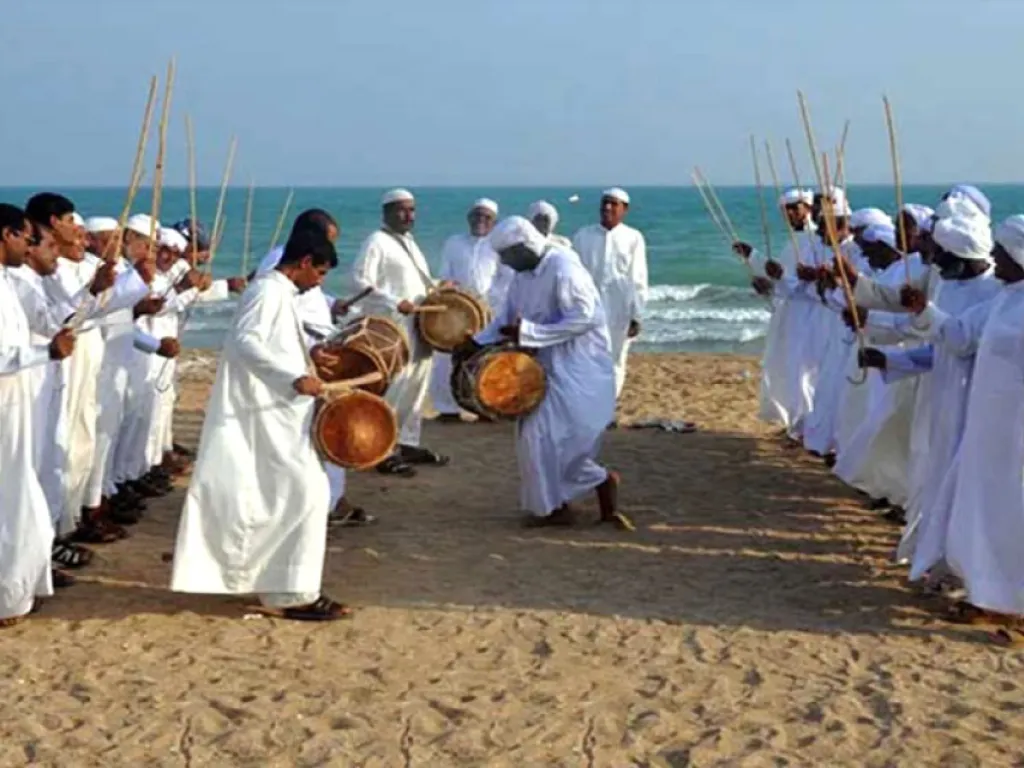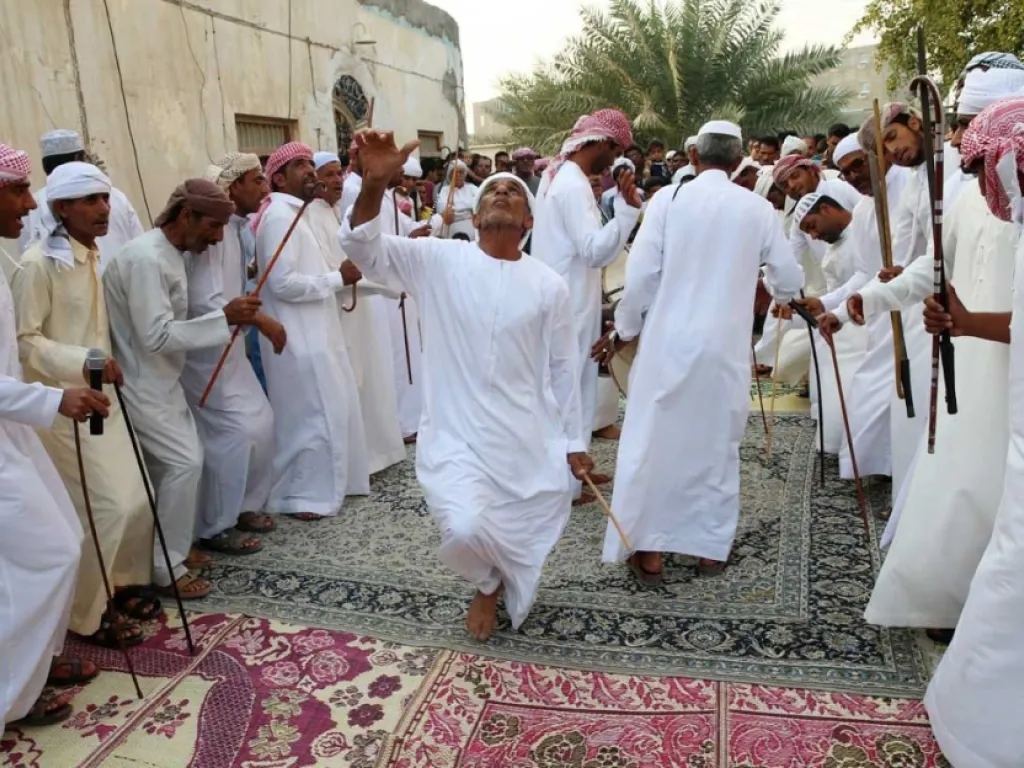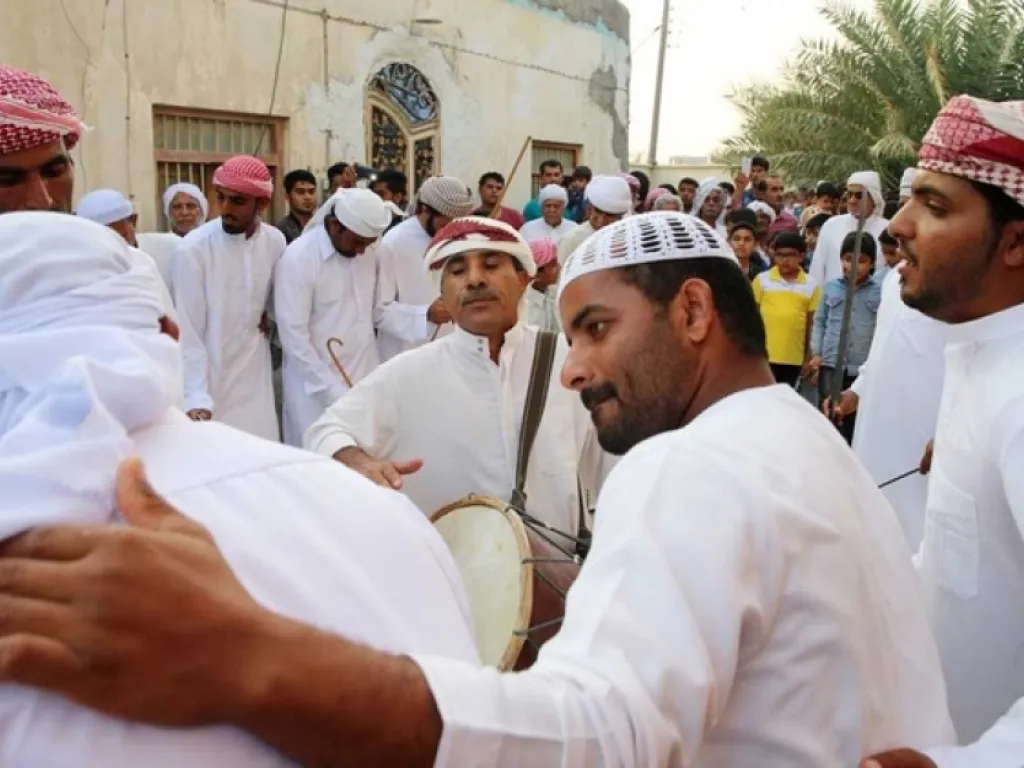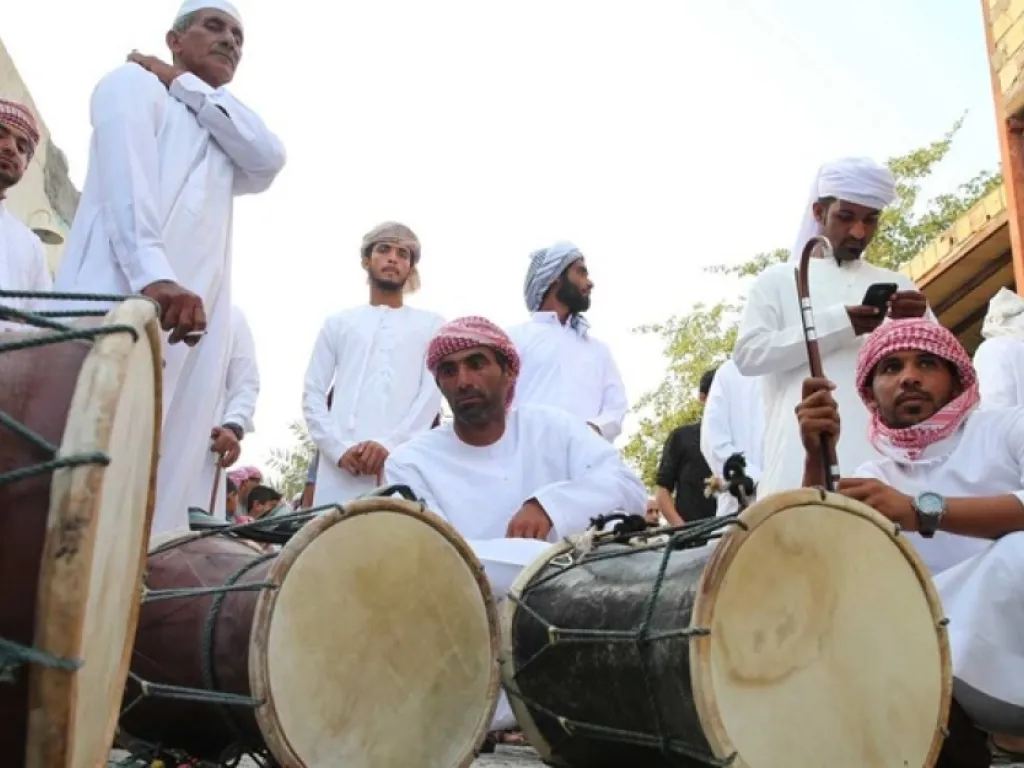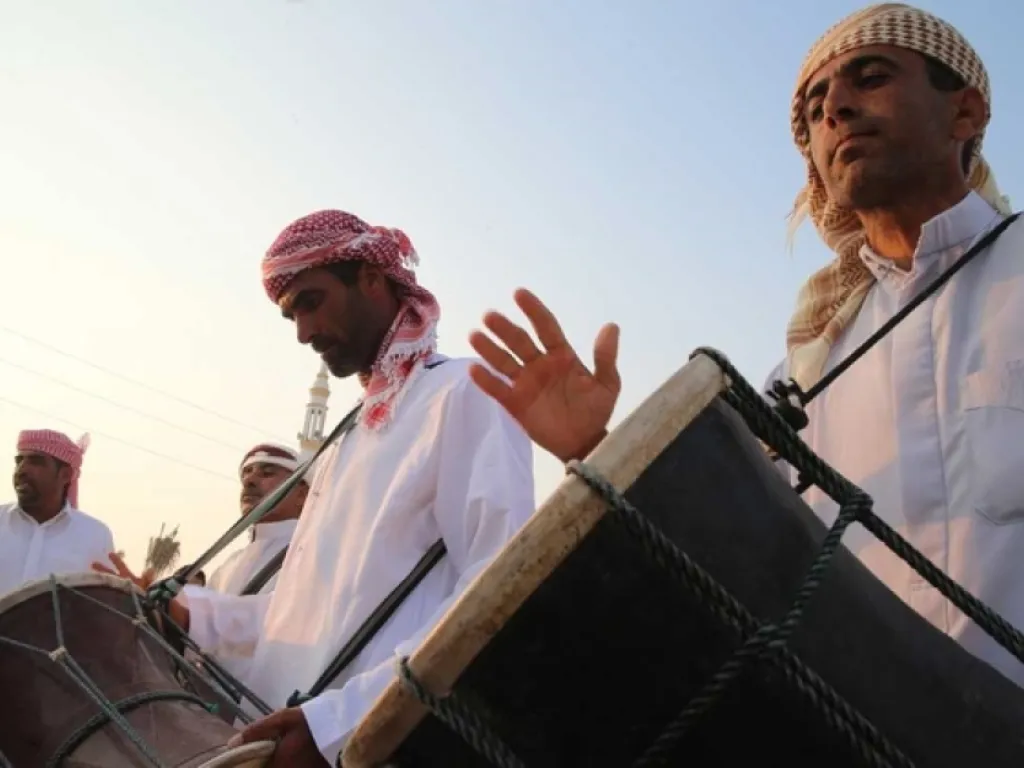
Traditional Wedding Ceremony of Soheili Village
About Traditional Wedding Ceremony of Soheili Village
Traditional Wedding Ceremony of the People of Suhili Village
Qeshm Island, Especially Suhili Village
Without exaggeration, it is a rich treasure full of enduring and fascinating cultural and social customs. The traditional architecture, inspired by the climatic conditions and adorned with windcatchers different from those in other tropical cities, harmoniously adapts to the environmental and social features of Qeshm.
The special clothing of the women, which is a captivating display of the handicrafts of Qeshm’s skilled women. The Hejleh Bandan in weddings, where each bridal chamber is a blend of a world of light, color, beauty, and exquisite taste. The island’s traditional music, performed with native instruments. Mouloudi Khani (religious singing) and ceremonies of remembrance and praise, which symbolize the people's religious beliefs.
Watch a video of the traditional wedding ceremony in Suhili Village.
The wedding ceremony is one of the most important parts of the culture of the people of Suhili Village in Qeshm—an entirely traditional and spectacular event. Until a few days before the ceremony, no one is allowed to see the bride’s face. The wedding celebrations are held separately in the bride’s and groom’s homes. One of Qeshm’s finest local dishes, called Havari, is cooked and served to the guests.
A room in the bride’s house is decorated as a Hejleh (bridal chamber), and for several days after the wedding, the bride and groom stay there, with its decorations remaining unchanged until the very last day of their stay. After dinner, the groom is taken to the bride’s house accompanied by music and dancing. People visit the Hejleh to see the groom, while the bride enters with a veil over her face. Women also enter the Hejleh scattering Shabash (money gifts), sweets, and chocolates. However, after the ceremony, no one is allowed to see the bride and groom for three days.

